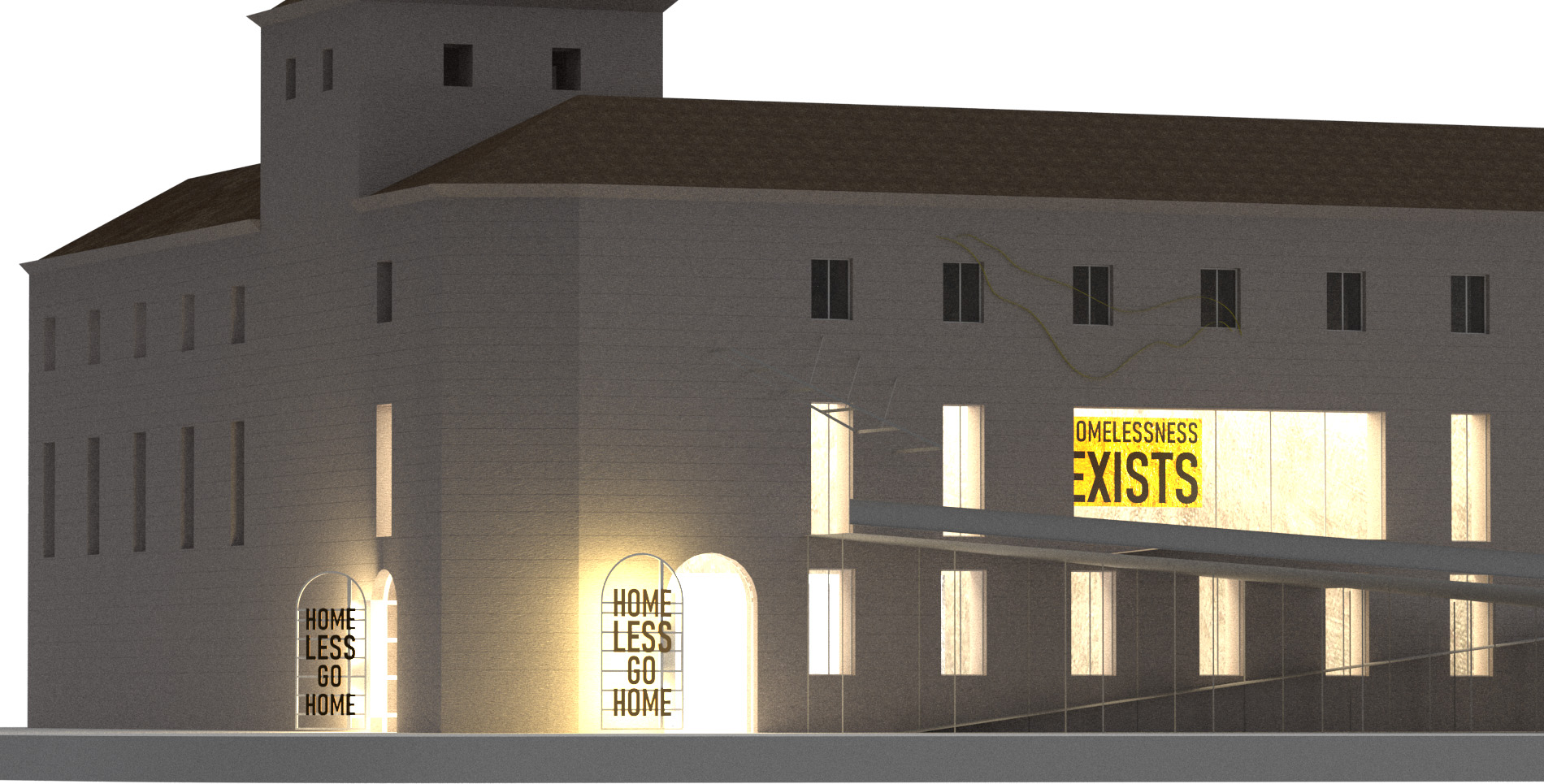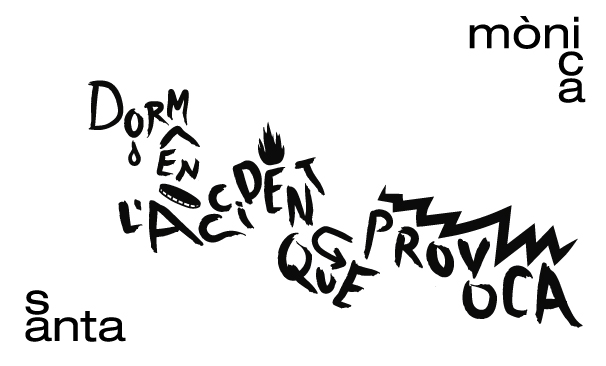Daniel Cid, Eva Serrats and Francesc Pla participate to the exhibition “Dozing on the accidental provocation with Sense Llar
Opening 15th September at 19:00 at Santa Monica
The numerous and often contradictory experiences that provoke notions of home lie under a thick layer of assumptions, impositions, inertias and familiarisations. What happens when these latencies of disparate experiences are agitated, exposed and intersect, provoking accidents, unveiling violence and opening up possibilities?
Intervation: Sense Llar
Blocking the way to a porch with gates, putting spikes in the ground or installing individual benches? Are these the solutions to homelessness? Actually, they are ambivalent control elements that do not punish homelessness but exclude it. In short, they suggest that one is not welcome. In addition to physically displacing the problem, these barriers make it invisible. It is an idealisation of the city, a ” statisation” of public space that denies the conflict. A conflict that, however much we insist on refusing, will continue to exist. The denial is probably an act of self-protection, seeing someone sleeping in the street highlights our fragility and the fragility of the system in which we live. We need to activate ignored visions, broaden the superficial definitions of homelessness and legitimately include it in the city. We need to break down prejudices and understand that “chronic” homelessness ends up breaking the bonds of the person who, living nowhere, has nowhere to go. They are not on the street because they want to be, but because they have nowhere to live, nowhere to go, nowhere to enter and leave whenever they want. He neither deserves it nor has he asked for it. The causes of homelessness are structural. The homeless identity is constituted on the basis of what it lacks, a home. A dislocated experience that always takes place in the open, in a continuous transition of appropriation and re-appropriation of the street. And when barriers appear that prevent this, the person is directly criminalised, their stress and anxiety increases, their rights are violated, their day-to-day life is made more difficult. We propose an estrangement, taking the doors out of their automated perception and taking them away. To make visible this invisibilisation we were talking about and at the same time, in an exhibition about the home, to make it evident that inhabiting is constituted in the transits that go from the bed to the street. Crossing the thresholds between intimate, private, collective and public spaces. We enter the house because we have gone out before.



